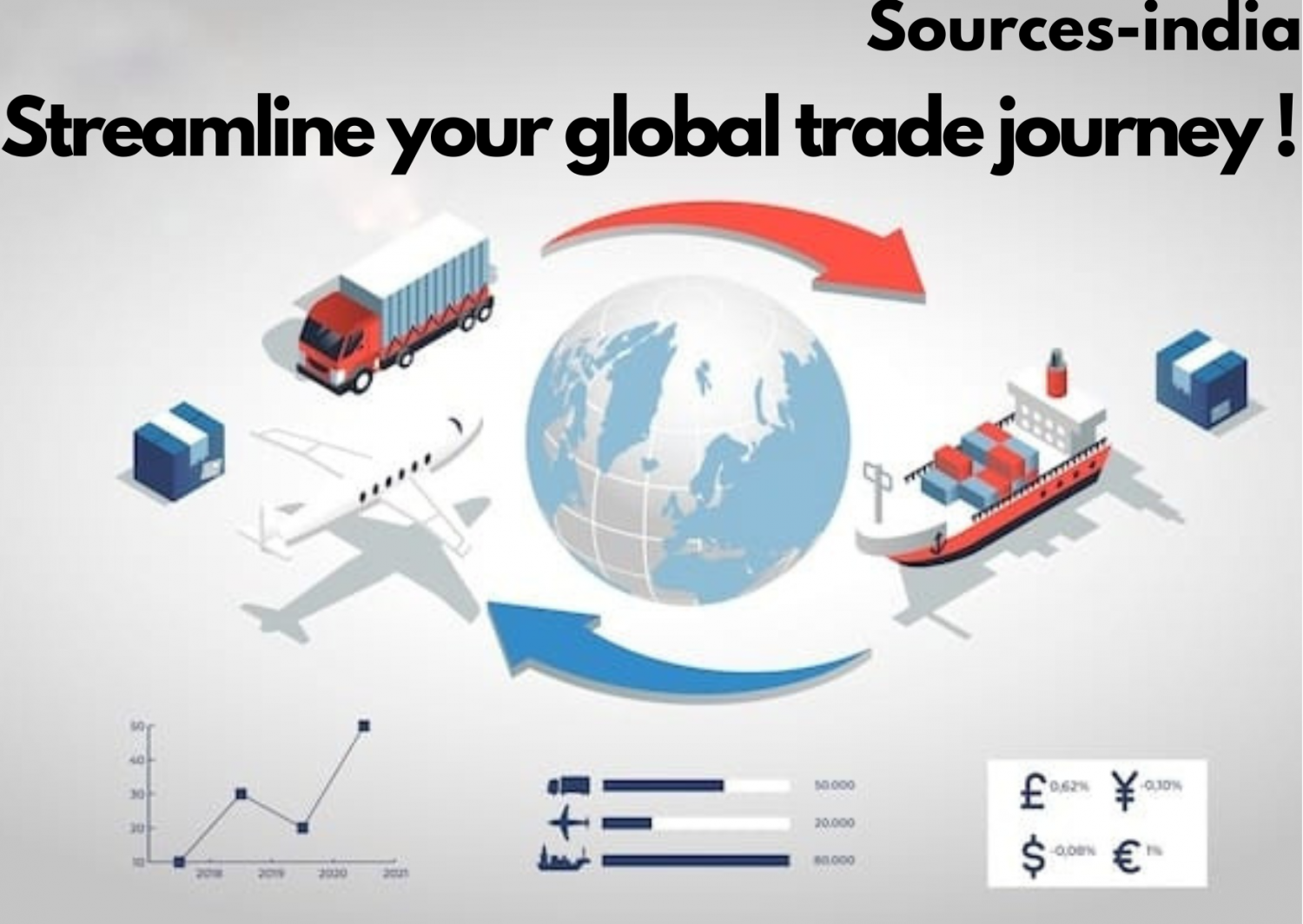Blogs

Sustainability in E-commerce
Sustainability in E-commerce Eco-Friendly Practices Sustainability is increasingly on consumers' minds. E-commerce businesses are embracing eco-friendly practices, from sustainable packaging to carbon-neutral shipping, meeting the demand for environmentally conscious choices. Consumer Demand for Sustainable Options As awareness grows, consumers actively seek sustainable options. E-commerce platforms aligning with eco-friendly practices not only attract environmentally conscious customers but also contribute to positive brand perception. Social Commerce Revolution Integrating Social Media Platforms Social commerce is experiencing a surge, with businesses seamlessly integrating shopping features on social media platforms. This seamless transition from discovery to purchase capitalizes on the social aspect of online shopping. Influencer Marketing Influencers play a pivotal role in social commerce. Collaborating with influencers helps e-commerce businesses reach wider audiences and build trust through authentic recommendations.
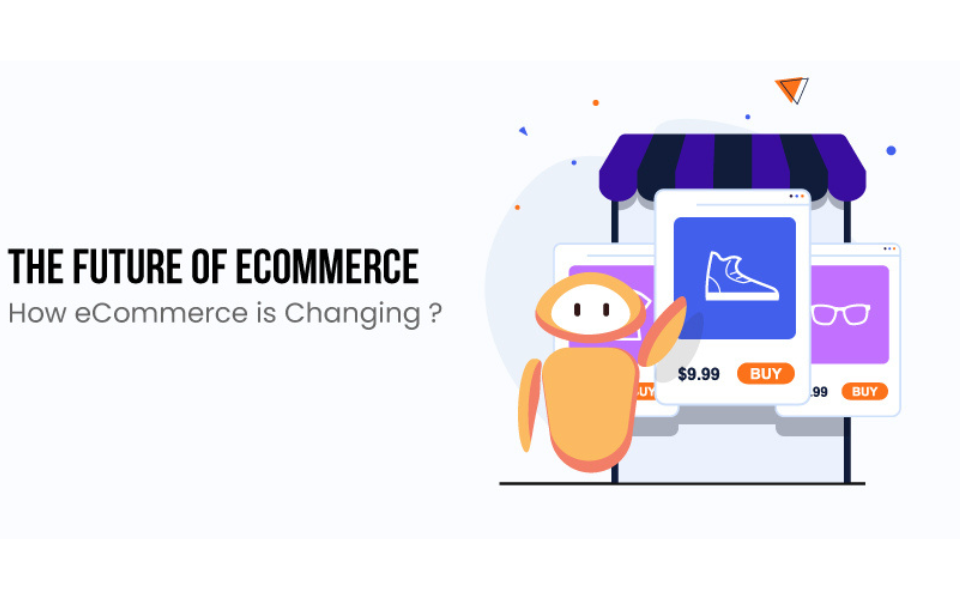
Augmented Reality and Virtual Reality in E-commerce
Augmented Reality (AR) and Virtual Reality (VR) in E-commerce Enhancing Product Visualization AR and VR technologies are reshaping how consumers interact with products online. Virtual try-ons and immersive experiences enhance product visualization, reducing uncertainties associated with online purchases. Improving Customer Engagement E-commerce platforms leverage AR and VR to craft engaging experiences. Virtual showrooms and interactive content contribute to increased customer engagement and foster brand loyalty. Mobile Commerce (M-commerce) The Dominance of Mobile Devices Mobile commerce has evolved into the linchpin of e-commerce. The widespread use of smartphones has fueled a surge in mobile shopping, emphasizing the importance of mobile-friendly platforms. Responsive Design and User Experience Creating a seamless user experience on mobile devices requires responsive design. E-commerce websites must adapt to various screen sizes, ensuring a user-friendly interface.
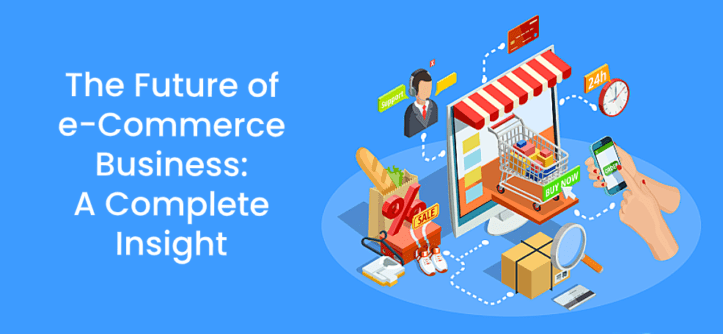
Current E-commerce Landscape
Current E-commerce Landscape Market Trends The present e-commerce landscape is marked by dynamic trends. From the upsurge in mobile shopping to the prevalence of social commerce, staying abreast of these trends is imperative for businesses seeking success in the digital marketplace. Consumer Behavior Understanding consumer behavior is critical. Modern shoppers crave experiences, not just products. E-commerce platforms must evolve to cater to these changing preferences, ensuring a competitive edge in the market. The Impact of Artificial Intelligence (AI) Personalized Shopping Experience AI has revolutionized personalization in e-commerce, offering tailored product recommendations and customized marketing messages. Businesses leverage AI to elevate the overall shopping experience for consumers. AI-Powered Customer Service Automated customer service, driven by AI-powered chatbots, ensures real-time assistance. This not only enhances customer satisfaction but also streamlines operations for e-commerce businesses.
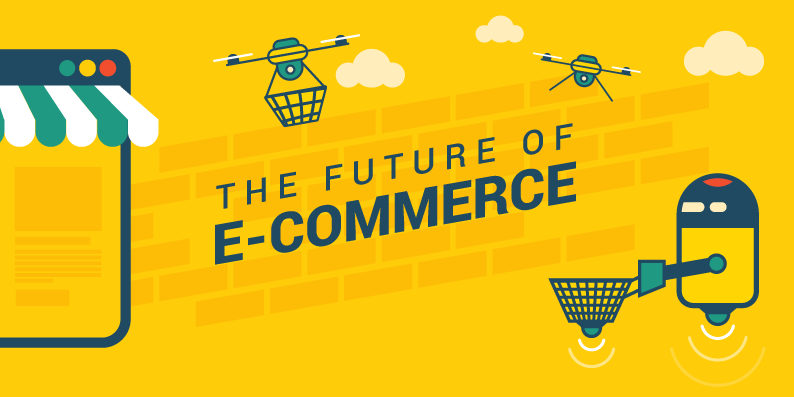
The Future of E-commerce
The Future of E-commerce: Navigating Trends and Transformations Introduction E-commerce has transcended its initial novelty, emerging as a dominant force shaping the retail landscape. This article delves into the dynamic future of e-commerce, exploring emerging trends, technological advancements, and their transformative impact on consumer experiences. Evolution of E-commerce Rise of Online Shopping Technological Advancements

Risks in International Trade
Mitigating Risks in International Trade Managing Currency Fluctuations The volatility of currency values poses a challenge. Discover the importance of currency hedging, acting as a shield against financial uncertainties in the realm of international trade. Navigating Geopolitical Uncertainties Navigate geopolitical challenges with resilience. Learn the agility needed to face political uncertainties impacting the landscape of international trade. Establishing a Robust Supply Chain Strategy Build a resilient supply chain strategy to mitigate disruptions. Explore contingency plans and best practices, ensuring an uninterrupted flow of goods across borders. Building Sustainable Global Partnerships: Strategic Networking in International Trade Active participation in international trade events and forums is essential. Cultivate relationships that extend beyond transactions, fostering strategic alliances crucial for long-term success. Trust, Transparency, and Shared Values The bedrock of successful partnerships lies in trust and transparency. Explore how shared values can fortify your global network, creating lasting collaborations.
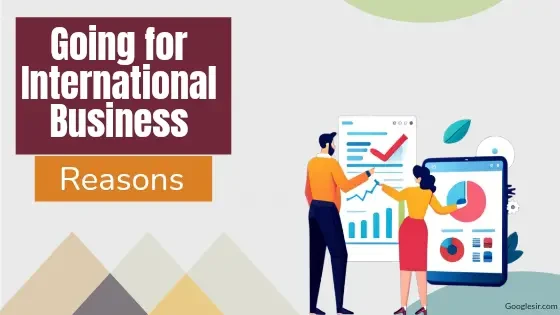
Harnessing E-commerce for Global Triumph
Harnessing E-commerce for Global Triumph Unleashing the Potential of Online Platforms E-commerce acts as the gateway to a global customer base. Uncover the potential inherent in online platforms and discover how they can revolutionize your international trade strategy. Crafting Effective E-commerce Strategies Mere online presence is insufficient. Explore strategies that go beyond visibility, actively enhancing engagement and conversion rates in the competitive international market.

The Core Principles of Succeeding in International Trade
The Core Principles of Succeeding in International Trade Conducting Target Market Research Before plunging into the international trade landscape, conducting thorough market research is paramount. Learn the art of identifying and comprehending your target markets, guaranteeing a strategic and well-informed approach. Establishing a Robust Digital Presence In the digital era, an online presence is not negotiable; it's a necessity. Unearth the tools and strategies to construct a formidable digital footprint, effectively reaching and captivating global audiences. Mastering Cross-Cultural Communication Achieving success in international trade demands adept communication across diverse cultures. Dive into the skills needed to navigate linguistic and cultural differences, fostering fruitful relationships that transcend borders. Navigating Regulatory Challenges Understanding Customs Regulations Navigating the intricate landscape of customs regulations is crucial for international transactions. Delve into the nuances, ensuring a seamless flow of goods across borders. Decoding Tariffs and Trade Agreements Comprehending tariffs and trade agreements is paramount. Learn the strategies to navigate these aspects, optimizing costs, and bolstering the competitiveness of your products.
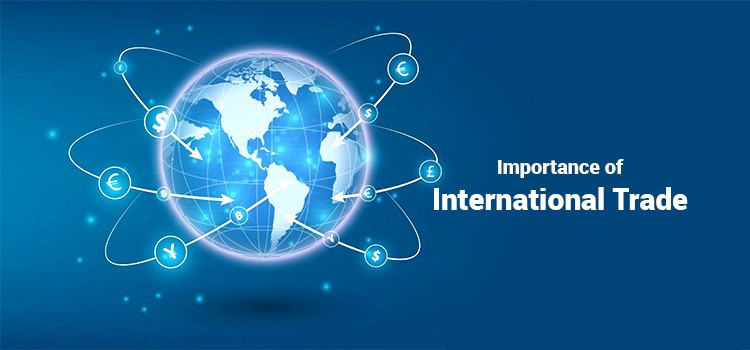
Navigating International Trade
Navigating International Trade: A Comprehensive Guide to Global Success Introduction In the fast-paced world of commerce, achieving success in international trade is a noteworthy accomplishment. This article serves as your comprehensive guide, offering valuable insights and strategies to adeptly navigate the intricacies of the global marketplace. Understanding the Global Marketplace Defining Global Trade International trade transcends mere exchange; it represents a dynamic ecosystem that shapes the global economy. A profound understanding of its intricacies stands as the foundational pillar for achieving success in this arena. Significance in the Contemporary World In the present landscape, international trade is not merely advantageous; it is indispensable. Exploring its significance sets the stage for a triumphant entry into global markets, ensuring your business stays relevant and competitive.
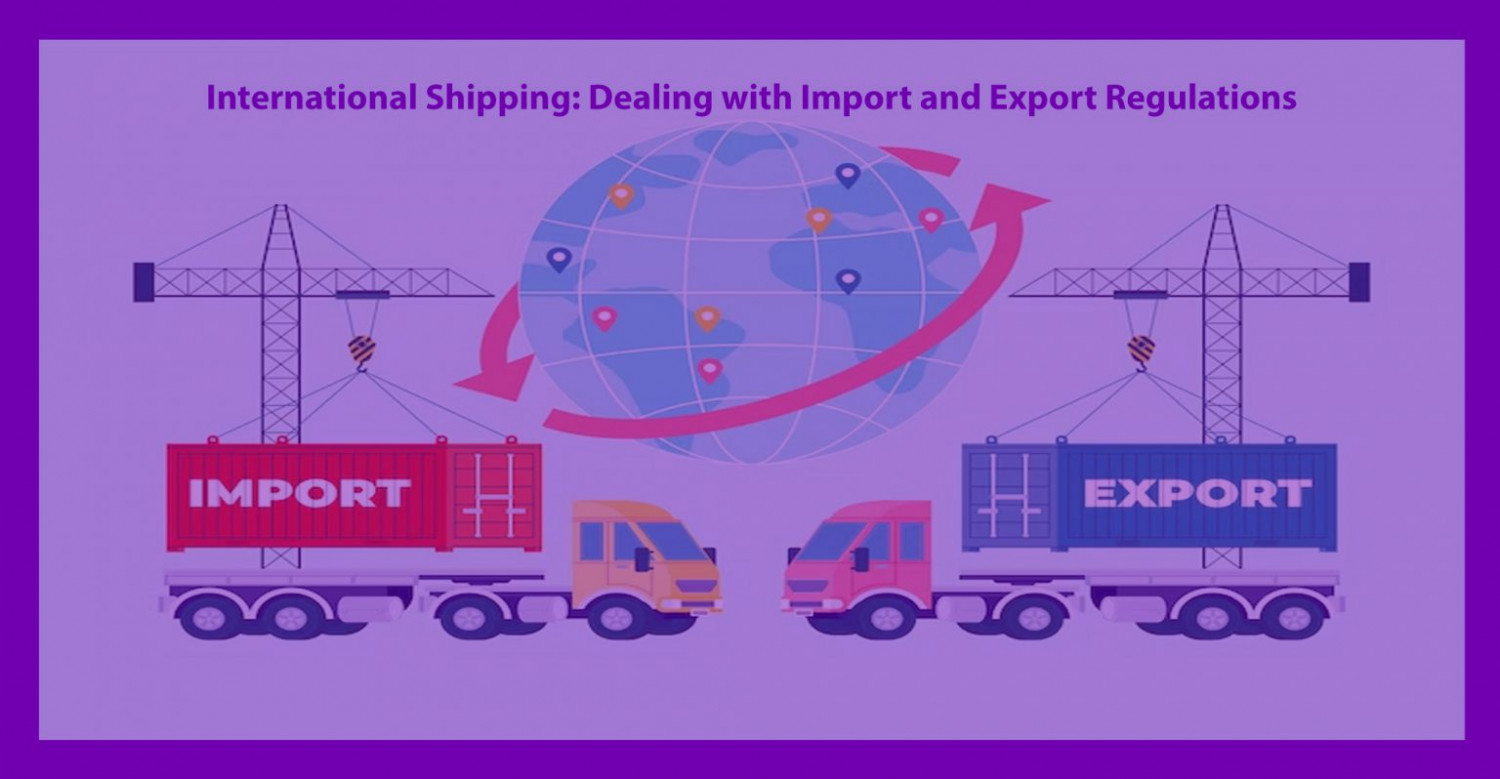
Import/Export Regulation
Navigating International Trade: Adhering to Import and Export regulations The expansion of the world economy and the development of international relations depend heavily on commerce. But managing global trade has its share of difficulties and complications. In order to facilitate smooth transactions, businesses must abide by certain rules and guidelines. A crucial framework for business standards known as international trade compliance guarantees that businesses operating in cross-border import and export trade do so within the law. Import/Export Regulation: What Is It? The commercial activity of purchasing and selling goods and services between nations while adhering to their own business protocols is known as international trade. The main objective is to maximize a business's business processes through global expansion for suitable product positioning and outsourcing. The following are major problems that might arise from disregarding import and export laws. Legal Repercussions: Operational Disruptions: Vendor-Related Risks:
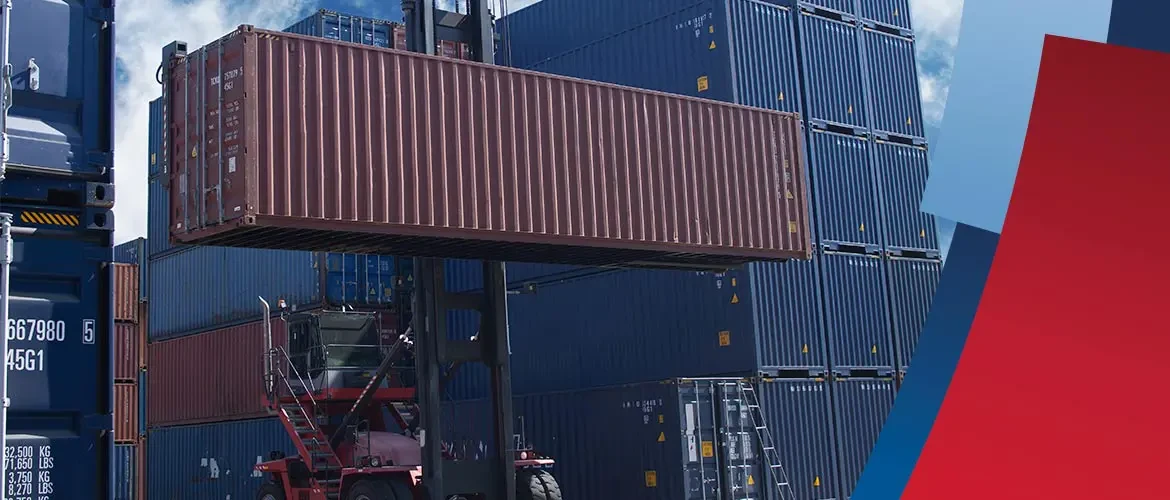
The 5 Stages of the Export Procedure
The 5 Stages of the Export Procedure A corporation must go through five steps in order to begin exporting its goods. Pre-Export Stage For businesses that are new to international trading, this is an informational and training phase. It is advisable to create an internationalization plan, begin personnel training, and conduct an internal SWOT analysis during this time. Initial Export Stages The business must research the conditions and laws governing the intended international markets; find middlemen, distributors, and sales representatives; homologate its products for each market; and other tasks in the early stages of commercial exchanges. Export Expansion The corporation needs to expand into new markets after making a name for it in a few overseas regions. This entails forging new partnerships with sales representatives, expanding trade arrangements with current clients, and forming coalitions to work together. Commercial Application Internationally The business needs to continue growing internationally even if it already generates a sizable amount of export revenue. Establishment starts in the selected markets, and new networks of commerce are developed. Multiple Locations The company is now establishing subsidiaries, searching for partners to form joint ventures with local businesses, and has a global internationalization strategy in place.

Trading Automation
Trading Automation Learn about algorithmic trading, an intriguing outcome of technology's influence on the trading industry. Using computer algorithms, this tactic carries out transactions according to predetermined standards. These could include components related to timing, volume, or pricing. Algorithmic trading offers advantages in terms of accuracy and speed, but there is some risk involved. These risks escalate, especially if a well-thought-out trading algorithm is needed, or if unexpected market events occur that the algorithm is unable to account for. Trading at a High Frequency High-frequency trading (HFT) is another marvel of technological advancement in the trading sector. Using sophisticated algorithms, specialized instruments, and cutting-edge machinery to transact assets swiftly is known as high-frequency trading. These tools are used by HFT corporations to quickly complete hundreds, even millions, of trades. Because of how quickly and heavily the market is traded, there are times when it can be quite volatile. It may be dangerous, but for those who can successfully navigate these waters, there may be abundant trade opportunities. Trading with Machine Learning and Artificial Intelligence The future of trading is being altered by machine learning (ML) and artificial intelligence (AI). These tools are capable of real-time analysis of massive volumes of data, pattern recognition, and market trend forecasting. These characteristics allow AI and ML to continuously develop trading strategies based on the most recent data, as well as automate deals. Blockchain-Based Trading The revolutionary technology known as blockchain, which drives crypto currencies, is transforming how markets operate. Blockchain technology reduces costs and improves transaction efficiency by doing away with the need for middlemen in financial transactions. It is decentralized, transparent, and safe. Trading Crypto currencies In relation to crypto currencies, new trading opportunities have been made possible by the rise of virtual currencies like Bitcoin, Ethereum, and many more. Investors have experienced unprecedented market volatility as a result of trading in these digital assets. Digital wallets and exchanges provide platforms for the purchase, sale, and storage of these digital assets, while blockchain technology facilitates safe and transparent transactions. Each is important to the crypto currency trading process. Risks Associated with Digital Trading Still, there are risks associated with digital trading, just like with any other financial venture. For instance, there are legitimate security risks in the digital sphere. Hacking, phishing, and other cyber-crimes pose a serious risk to digital traders. Furthermore, the volatility of digital markets can lead to significant losses as well as opportunities for large gains. In a climate that is changing so quickly, it is crucial to keep up with market developments and maintain risk management techniques. Self-Learning for Digital Trading To properly navigate the digital trading environment, education is necessary. Traders need to have the following tools in their toolbox: Awareness of the various technologies at play. The internal structure of online marketplaces. Techniques for risk management.
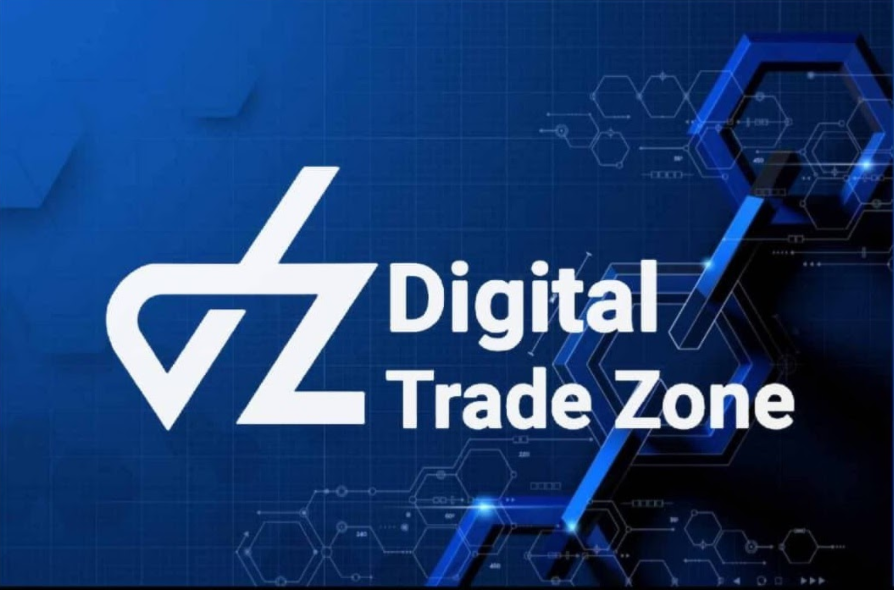
Digital Trading Platforms
Digital Trading Platforms Trading platforms serve as your gateway to the world of online trading. The functions, resources, and user interfaces of these platforms are designed to facilitate a certain trading approach. It's important to keep in mind that not every online trading platform is created equal. Using the right platform can greatly enhance the execution of profitable transactions. Institutional Trading Platforms While institutional traders have also been impacted by these developments, individual retail traders have benefited greatly from the digitization of trading. Explore the world of platforms designed for institutional trading, which are tailored to meet their specific needs. These platforms are quite sophisticated and made to handle large quantities of trading. They are equipped with state-of-the-art features and technologies that facilitate risk management, intricate trading techniques, and regulatory compliance. They also provide significant trading businesses with fast execution, a wide range of markets, and financial instruments.

